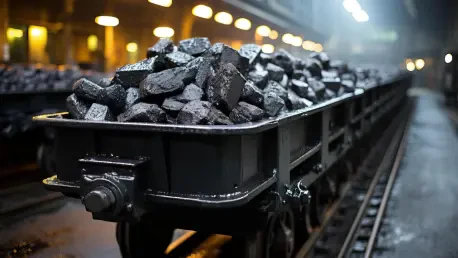
Introducing Christopher Hailstone, an esteemed expert in energy management and renewable energy, who is known for his deep insights into electricity delivery and grid reliability. Christopher joins us to discuss India's emerging influence on global energy markets, at a time when the global oil

In this interview, we're joined by Christopher Hailstone, a recognized expert in energy management and electricity delivery. Christopher will shed light on recent changes to maritime fuel regulations that have rippled through the energy markets, affecting demand and logistics, particularly for Doba

Across the United States, the landscape of data center development has become a source of considerable complexity and challenge, particularly for utilities tasked with managing the expectations and impacts of such proposals. With the advent of digital transformation driving unprecedented demand,

Recent comments by Don Moul, CEO of the Tennessee Valley Authority (TVA), have reignited national debate regarding the future of coal-fired power plants amidst ongoing climate concerns. Moul's suggestion that TVA might extend the operation of its coal plants past their initially planned 2035

In an increasingly energy-hungry world, Texas stands at the frontier of innovation. The state is leveraging artificial intelligence (AI) data centers to transform its electricity grid into a paragon of reliability amid escalating power demands. As legislative initiatives and technological

The power requirements of data centers continue to soar, driven by the omnipresent growth of artificial intelligence and cloud computing. Traditionally, large investor-owned utilities have been the primary providers for these data-hungry tech hubs. However, a quiet revolution seems to be stirring